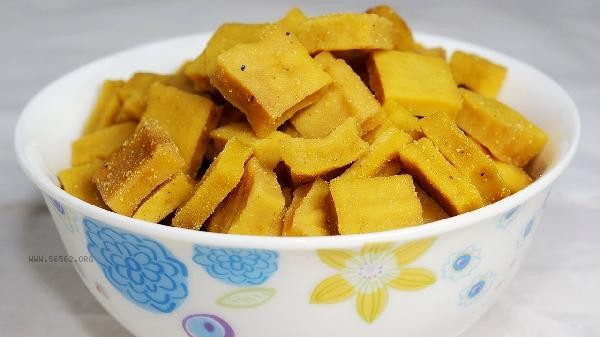Both lactone and white vinegar can be used to make tofu, but their applicable scenarios and product characteristics are different. Lactone tofu has a delicate texture and is suitable for direct consumption, while white vinegar tofu has a compact texture and is more suitable for frying. The main differences between the two are due to the solidification principle, operational difficulty, and degree of nutrient retention.

I. Difference in coagulation Principle
Lactone, as the decomposition product of gluconate lactone, makes soybean milk protein coagulate uniformly in weak acid environment by slowly releasing hydrogen ions, forming a delicate gel structure. White vinegar containing acetic acid directly and rapidly lowers the pH value, causing protein molecules to violently aggregate and form a rough network structure, resulting in more obvious precipitation of soybean water.
II. Comparison of operation difficulty
Lactone needs to accurately control the temperature of 85 ℃ soybean milk and 1.5% of the addition ratio. If the temperature is too high, it will produce sour taste. White vinegar has a wide temperature tolerance range, but it needs to be added in batches and quickly stirred to prevent local over acidification. It is prone to uneven solidification or residual bean odor during household operation.
III. Differences in Finished Product Characteristics
Lactone tofu has strong water retention and a yield about 20% higher than white vinegar tofu. Its smooth cut surface is suitable for making cold dishes or desserts. White vinegar tofu has a high dehydration rate, a tight and elastic texture, and is not easily broken when fried or stewed, making it more suitable for cooking methods that require shaping treatment.

4. Nutrient retention degree
Low temperature coagulation of lactones can retain more soy isoflavones and vitamin B family, resulting in less calcium loss. White vinegar processing can cause some water-soluble vitamins to dissolve, but the protein digestion and absorption rate is slightly higher, and the content of free amino acids increases by about 15%.
V. Storage Stability
Lactone tofu needs to be refrigerated and has a shelf life of no more than 3 days, as it is prone to microbial growth due to its high water content. White vinegar tofu inhibits bacteria in an acidic environment and can be stored at room temperature for up to 1 day or refrigerated for up to 5 days, making it more suitable for carrying outside.

It is recommended to choose coagulants according to consumption needs, prioritize the use of food grade lactones for a smooth and tender taste, and choose brewed white vinegar for frying and cooking. Either way, fresh soybean milk should be used and the amount of coagulant should be controlled to avoid excessive bitterness. Eat it as soon as possible after preparation to ensure nutrition. For those with weak digestive function, it is recommended to choose lactone tofu to reduce gastrointestinal irritation. Two methods can be used alternately in daily life, which can provide different taste experiences and balance the intake of various nutrients.








Comments (0)
Leave a Comment
No comments yet
Be the first to share your thoughts!